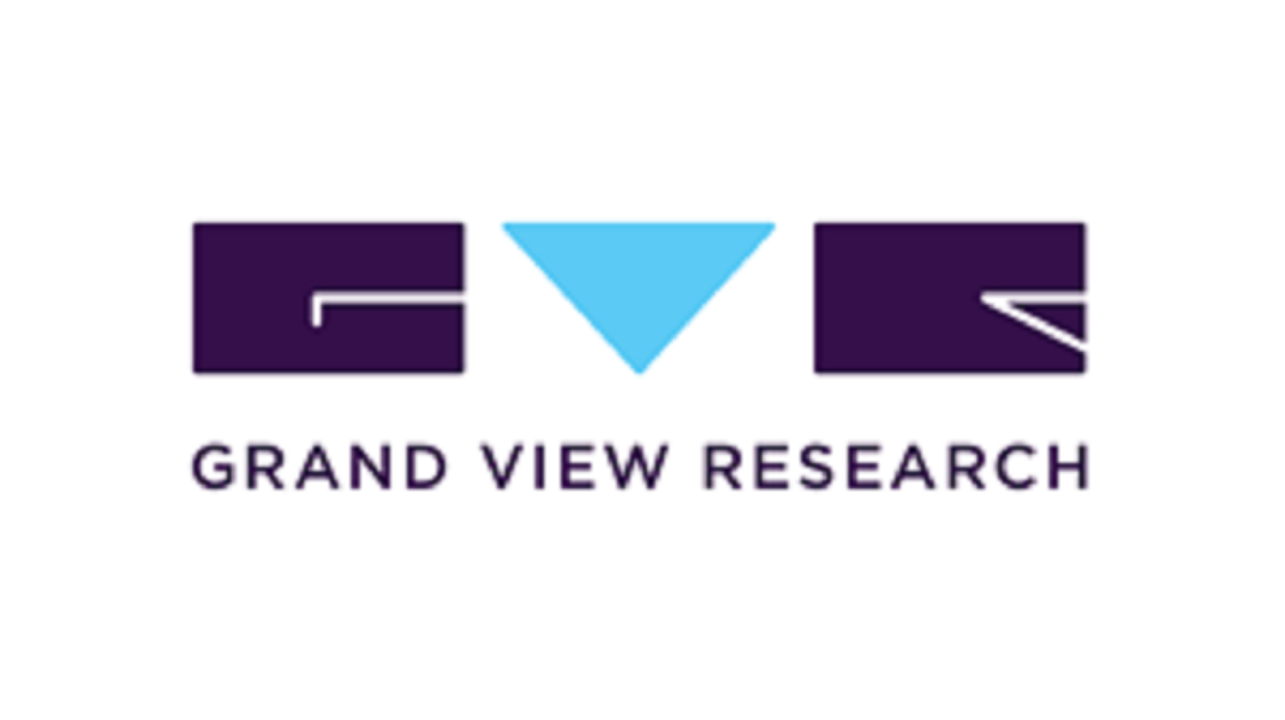The global life science tools market size is expected to reach USD 330.69 billion by 2030, according to a new report by Grand View Research, Inc., expanding at a CAGR of 10.8% from 2023 to 2030. This growth can be attributed to a rise in government funding for life science technologies, demand for cell and gene therapies, an increase in the adoption of biopharmaceuticals, and growing competition among prominent companies in the market.
The exponential rise of COVID-19 cases globally requires rapid diagnosis for containment of the spread of infectious disease, which boosted the demand for life science tools during the pandemic and had a positive impact on the market. Rapid diagnosis of the infection, effective treatments, and preventative plans are essential for the management of cases during the COVID-19 pandemic. The current race for the development of cost-effective point-of-contact test kits and efficient laboratory methodologies for confirmation of SARS-CoV-2 infection has driven a new frontier of diagnostic innovation. During this pandemic, the U.S. FDA granted Emergency Use Authorizations (EUAs) to several diagnostic tests to make them rapidly and easily available for use. For example, in May 2022, the U.S. FDA granted a EUA to ID NOW COVID-19 2.0, a rapid in-vitro diagnostic test by Abbott Diagnostics Scarborough, Inc. Moreover, a wide range of commercial COVID-19 tests is available in the marketplace, which will further add to revenue generation.
Additionally, the life science tools industry is expanding based on the increasing investments by the government for the advancement of research and technologies. Organizations such as The National Human Genome Research Institute (NHGRI) and the National Institutes of Health (NIH) are actively funding various life science projects. For instance, the NIH funded USD 25 million for the ‘4D Nucleome Program’, which aims to understand gene regulation and cellular expression via the nuclear organization. Moreover, the U.S. government has funded several life sciences companies for R&D purposes. For instance, the Biomedical Advanced Research and Development Authority (BARDA) has planned to make awards worth USD 750,000 to facilitate the development of innovative technologies in the healthcare sector. Thus, the increase in government funding for life science research as well as technologies is expected to drive the market in the coming years.
Gather more insights about the market drivers, restrains and growth of the Life Science Tools Market
Life Science Tools Market Report Highlights
• By technology, cell biology technology accounted for the largest share in 2022. The introduction of novel technologies for the usage and adoption of stem cells, CAR T-cells, TCR T-cells, NK T-cells, and other cell therapies is expected to boost revenue generation in this segment
• By product, the cell culture systems and 3D cell culture segment held the largest share in 2022. Cell biology is gaining popularity across multiple aspects in the life science industry, which is contributing significantly to the revenue generated by this segment
• By end-use, the healthcare segment generated the highest revenue in 2022. The rise in adoption of proteomic and genomic workflows in clinics, hospitals, and diagnostic laboratories for the treatment and diagnosis of several clinically presented abnormalities is anticipated to drive the market
• North America accounted for the largest revenue share in 2022. The rapid adoption of genomics, proteomics, oncology, and diagnostic screening in the region has contributed to regional growth. In addition, a number of major market players are continuously engaged in the development of advanced tools for life science research in this region
• Asia Pacific is expected to grow at the highest rate over the projected period. Investments by global companies in this region to utilize the untapped avenue and lucrative opportunities will drive the regional market
Life Science Tools Market Segmentation
Grand View Research has segmented the global life science tools market on the basis of technology, product, end-use, and region:
Life Science Tools Technology Outlook (Revenue, USD Billion, 2018 - 2030)
• Genomic Technology
• Proteomics Technology
• Cell Biology Technology
• Other Analytical & Sample Preparation Technology
• Lab Supplies & Technologies
Life Science Tools Product Outlook (Revenue, USD Billion, 2018 - 2030)
• Cell Culture Systems & 3D Cell Culture
o Instruments
o Consumables
o Cell & Tissue Culture Services
• Liquid Chromatography
o Instruments
o Consumables
o Services
• Mass Spectrometry
o Instruments
o Consumables
o Services
• Flow Cytometry
o Instruments
o Consumables
o Services
• Cloning & Genome Engineering
o Kits, Reagents, and Consumables
o Services
• Microscopy & Electron Microscopy
o Instruments
o Consumables
o Services
• Next Generation Sequencing
o Instruments
o Consumables
o Services
• PCR & qPCR
o Instruments
o Consumables
o Services
• Nucleic Acid Preparation
o Instruments
o Consumables
o Services
• Nucleic Acid Microarray
o Instruments
o Consumables
o Services
• Sanger Sequencing
o Instruments
o Consumables
o Services
• Transfection Devices & Gene Delivery Technologies
o Equipment
o Reagents
• NMR
o Instruments
o Consumables
o Services
• Other Separation Technologies
o Instruments
o Consumables
o Services
• Other Products & Services
o Antibodies
o General Supplies
o Others
Life Science Tools End-use Outlook (Revenue, USD Billion, 2018 - 2030)
• Government & Academic
• Biopharmaceutical Company
• Healthcare
• Industrial Applications
• Others
Life Science Tools Regional Outlook (Revenue, USD Billion, 2018 - 2030)
• North America
o U.S.
o Canada
• Europe
o UK
o Germany
o France
o Italy
o Spain
o Denmark
o Sweden
o Norway
o Switzerland
• Asia Pacific
o Japan
o China
o India
o Australia
o Thailand
o South Korea
o Singapore
• Latin America
o Brazil
o Mexico
o Argentina
• Middle East & Africa
o South Africa
o Saudi Arabia
o UAE
o Kuwait
Order a free sample PDF of the Life Science Tools Market Intelligence Study, published by Grand View Research.


